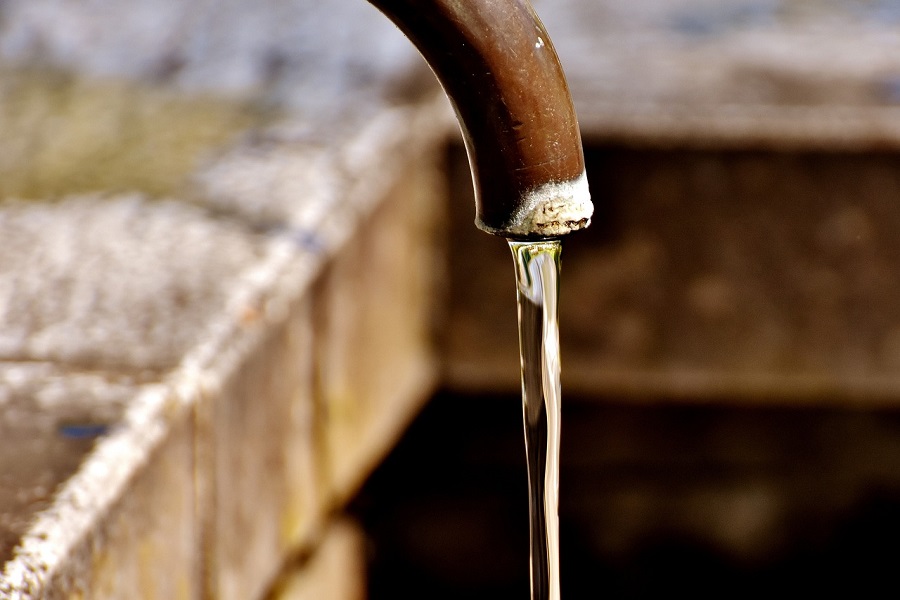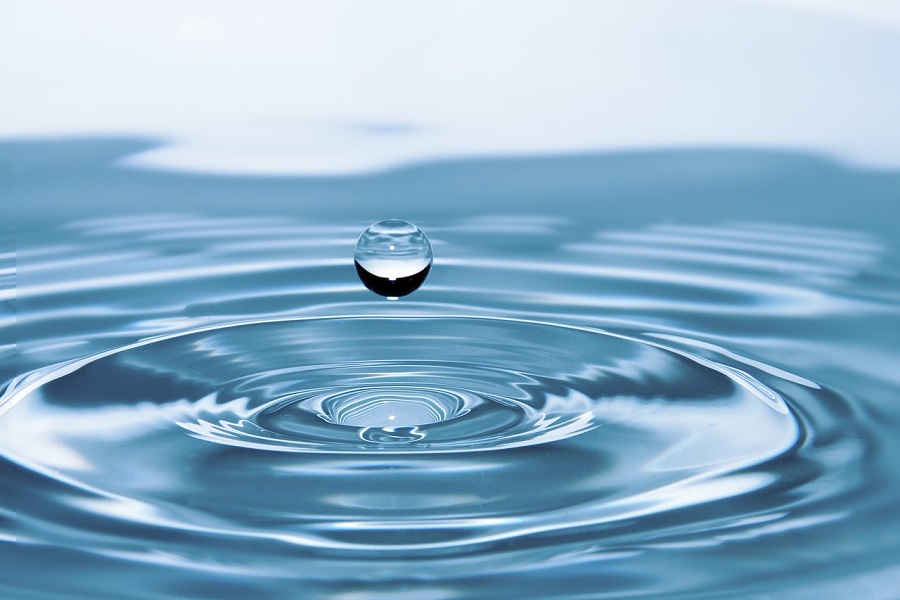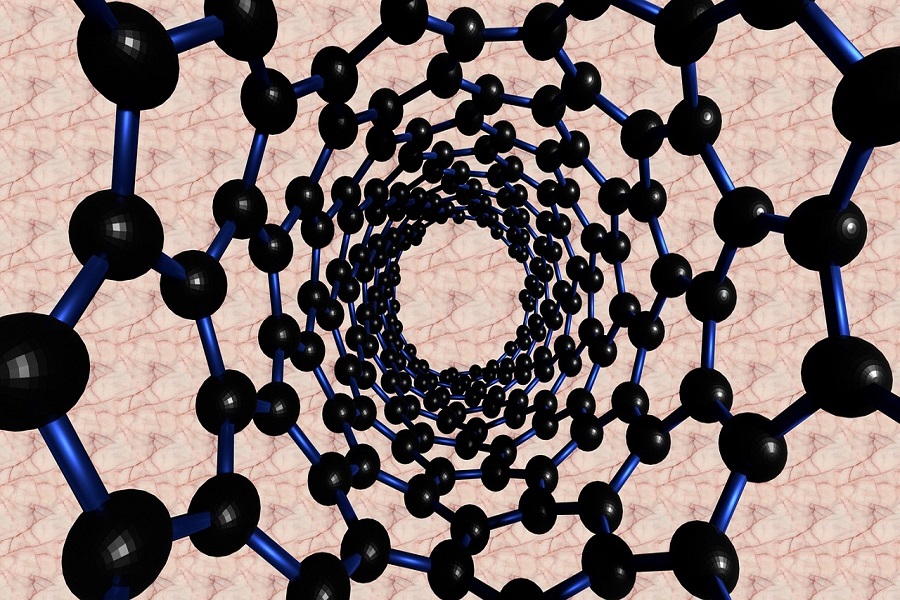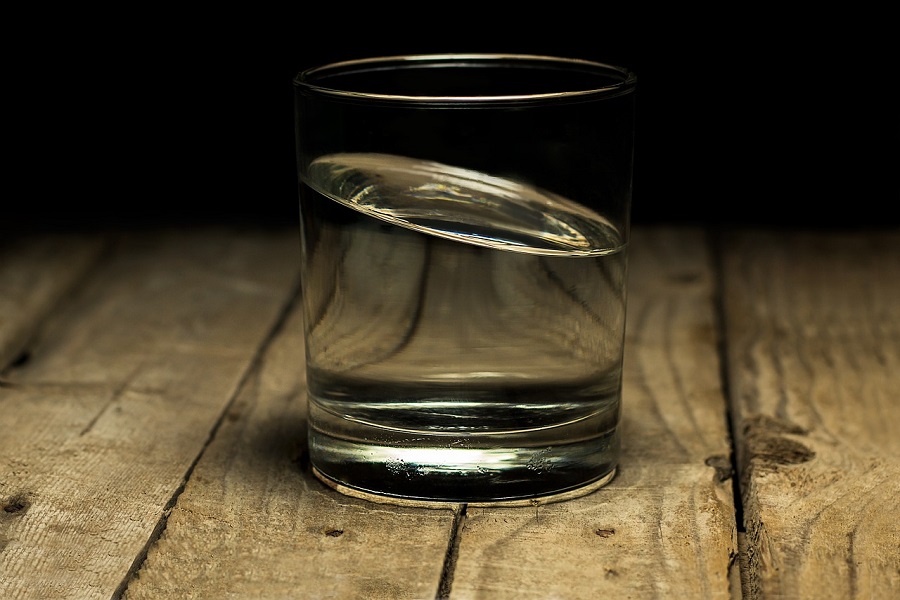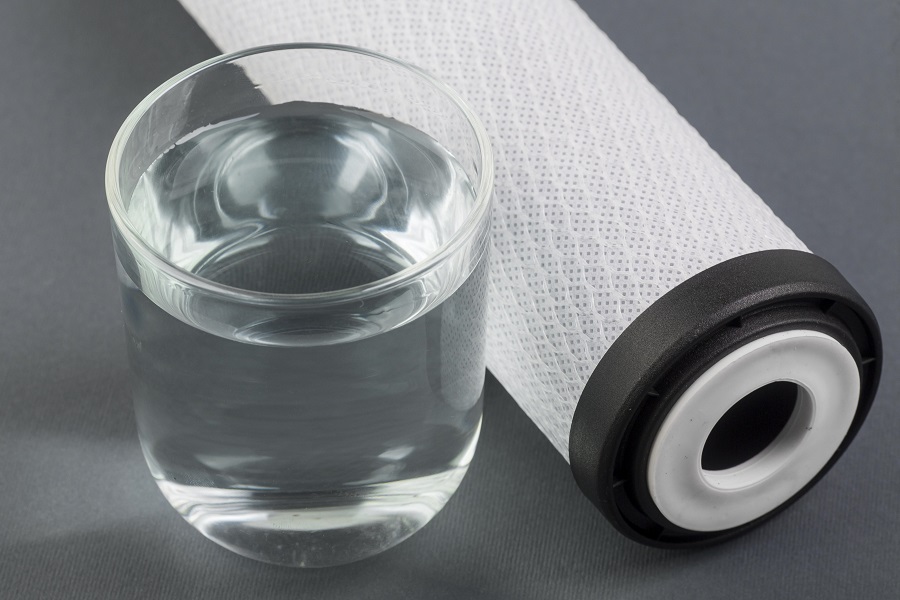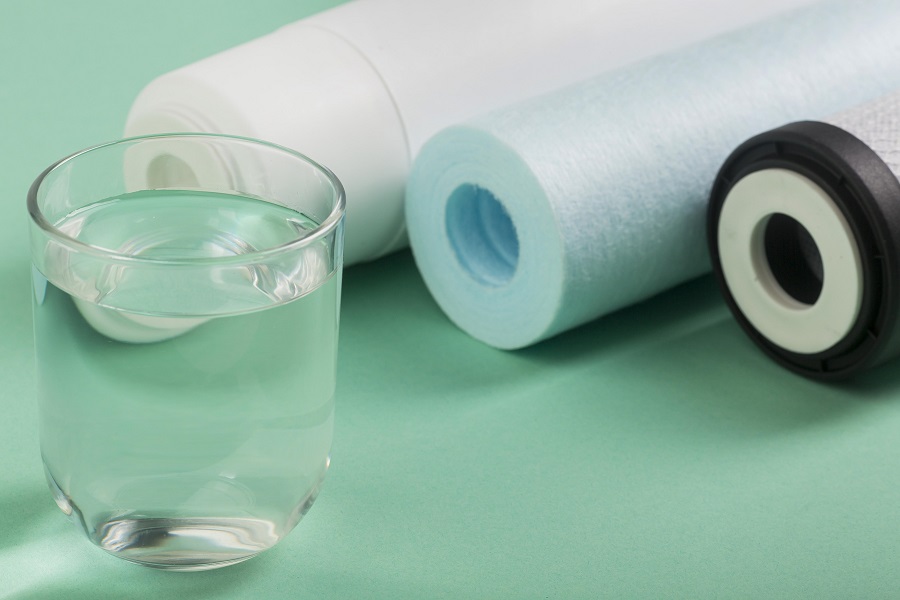Hardness expresses the concentration of dissolved calcium and magnesium salts and depends on the rocks the water has passed through. The term hardness is used to describe waters that do not lather well when used for washing with soap and leave a white residue on the interior surface of household appliances. High hardness values do not pose a health risk, on the contrary, a correlation has been found between increased hardness and a reduction in cardiovascular diseases.
There are no specifications for the hardness value of drinking water in the sanitary provision.
Water hardness is measured in mg CaCO3/l, in German degrees, and in French degrees
To convert from one measurement unit to another, the following relationships apply:
- 1 French degree = 0.56 German
- 1 German grade = 1.79 French
- 1 French degree = 10 mg CaO/l
- 1 German grade = 17.9 mg CaCO3/l
µS measures electrical conductivity (S=1/Ω)
It is possible by measuring the conductivity of the water to know approximately the hardness of the water. The main cause of water hardness is due to the presence of calcium and magnesium ions dissolved in it.
French degrees (ºf) are defined as follows:
1ºf = 10 ppm CaCO3 and
1ppm = 0.1ºf = 0.0556ºd = 0.07ºe
ºd : German Degrees
ºe : English Grades
By dividing the measured ppm of water salts by 10, we have the magnitude of its hardness with an error of 2-3 ºf.
ppm μS/cm ºf 0-70 0-140 0-7 very soft water 70-150 140-300 7-15 soft water 150-250 300-500 15-25 somewhat hard water 250-320 500-640 25-32 quite hard water 320-420 640-840 32-42 hard water >420 >840 >42 very hard water


